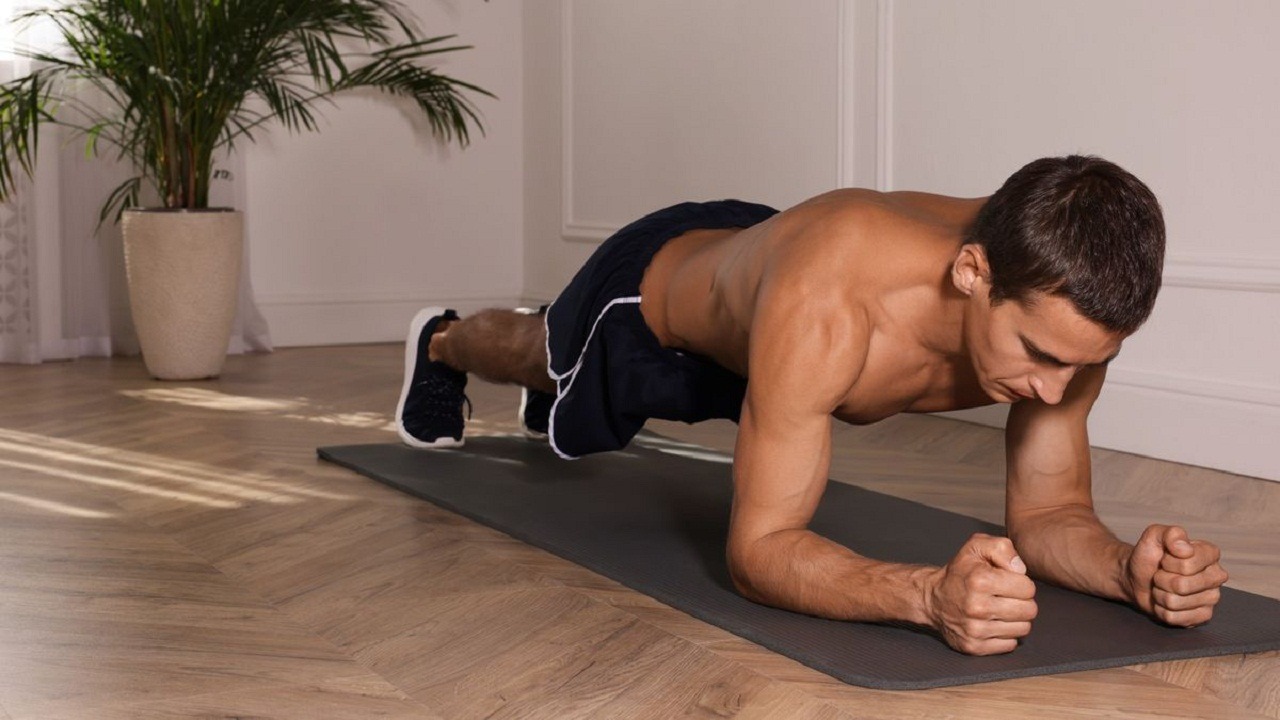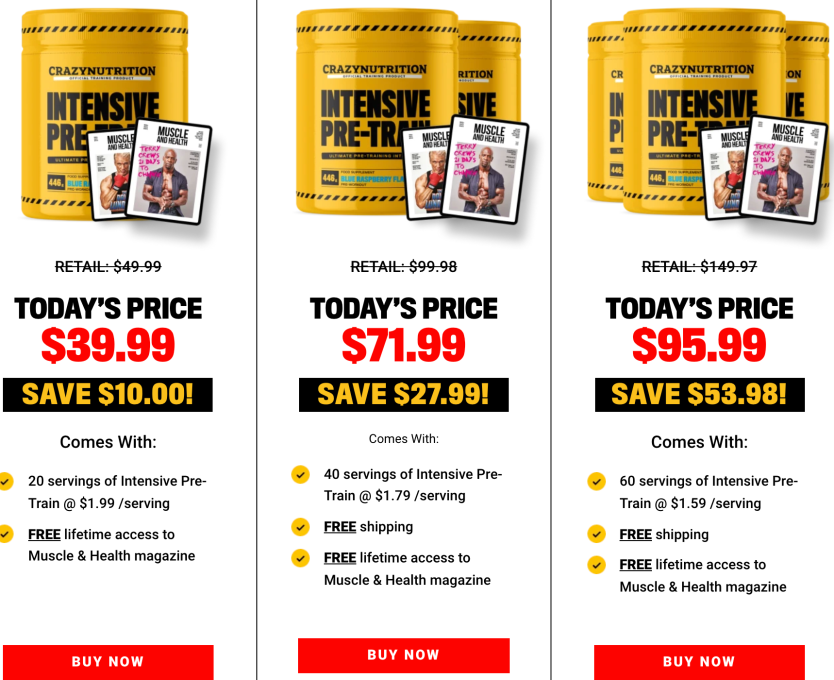Plank Exercise
Contents
- 1 Plank Exercise
- 2 How to Do a Plank: Mastering the Basics
- 3 Common Mistakes to Sidestep:
- 4 20 Plank Variations to Elevate Your Routine
- 5 Plank Exercise for Beginners
- 6 Plank Exercise Benefits
- 7 Mastering the Art: Tips for Progression and Increasing Difficulty
- 8 Mindful Planking
- 9 Nutrition and Planking
- 10 Mind-Body Connection
- 11 Incorporating Planks into a Holistic Fitness Routine
- 12 Real-Life Applications: How Planking Translates to Everyday Activities
- 13 The Evolution of Planks: From Fitness Trend to Timeless Exercise
- 14 FAQs
- 15 Final Thoughts
Embarking on a fitness journey often involves the discovery of exercises that not only challenge us physically but also yield substantial benefits. In recent years, the plank has emerged as a cornerstone in the fitness realm. This deceptively simple yet transformative exercise engages multiple muscle groups simultaneously, making it a staple in workouts worldwide. In this comprehensive guide, we will unravel the intricacies of the plank exercise, exploring not only the fundamentals of proper form but also an extensive array of variations to keep your workouts dynamic and engaging. Get ready to dive deep into the world of planks, understanding how this exercise can fortify your core, enhance stability, and contribute to overall physical well-being.
Related Article: Best Exercises for Seniors Over 50 (Safe & Effective Workouts)
How to Do a Plank: Mastering the Basics
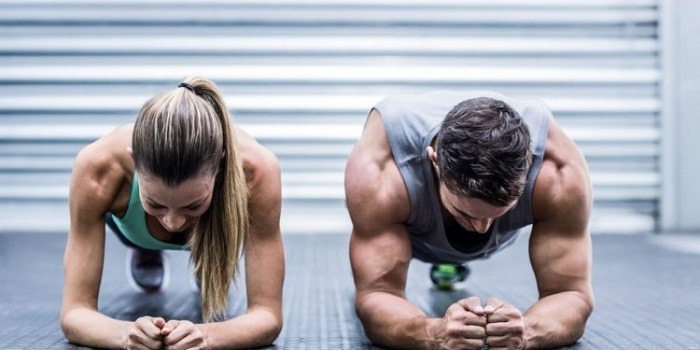
The foundational principles of the plank exercise extend beyond merely assuming a static position. Let’s delve deeper into the art of the plank, breaking down its core components to ensure you’re not just holding a pose but sculpting a powerhouse physique:
- Starting Position: Initiating the plank requires finesse as you settle into a push-up stance, ensuring your hands are positioned directly beneath your shoulders. Achieving a harmonious alignment from the crown of your head to your heels is crucial, maintaining a hip-width gap between your feet.
- Engage Your Core: Activating and tightening your abdominal muscles forms the foundation for a robust and stable plank. Vigilantly monitoring your hips prevents sagging or excessive elevation, promoting a neutral and aligned spine.
- Shoulder and Elbow Position: Attaining an elegant posture involves aligning your shoulders directly over your wrists, with elbows gracefully straightened but not locked.
- Hold and Breathe: Embracing the challenge requires holding the plank position for a duration that aligns with your fitness level, typically starting with a modest 20-30 seconds. Integrating controlled breathing enhances the overall effectiveness of the plank, with each inhale and exhale contributing to your endurance.
Common Mistakes to Sidestep:
Sagging Hips:
- Resist the temptation for a sagging midsection, as it disrupts your form and diminishes the exercise’s effectiveness.
- To counter this, maintain constant awareness of your abdominal engagement, ensuring a straight line from head to heels.
Lifting Hips Too High:
- Steer clear of elevating your hips excessively, as it may strain your lower back and shoulders, potentially leading to discomfort or injury.
- Strive for a neutral spine, avoiding any unnecessary stress on the lumbar region.
Incorrect Hand Placement:
- Mindful hand placement is crucial for optimal form. Deviations too far forward or backward can compromise your alignment and introduce unnecessary strain.
- Regularly check that your hands are directly beneath your shoulders, maintaining a stable and supportive base.
Neglecting Core Engagement:
- The core is the epicenter of the plank; neglecting its engagement robs you of the exercise’s full spectrum of benefits and could contribute to poor posture.
- Prioritize core activation throughout the entire duration of the plank, fostering strength and stability.
20 Plank Variations to Elevate Your Routine
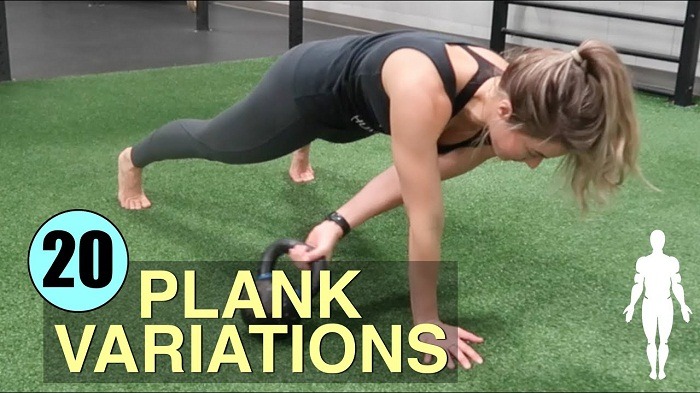
The plank’s versatility extends beyond its standard form. Explore these variations to add depth and dynamism to your workout routine, engaging different muscle groups and challenging your body in new ways:
- High Plank: The standard plank position, emphasizes core strength and overall stability.
- Low Plank: Similar to the high plank but executed with elbows on the ground, intensifying engagement and targeting the triceps.
- Side Plank: Focuses on lateral core muscles, promoting balance and stability while targeting the obliques.
- Reverse Plank: Challenges the posterior chain, targeting the glutes, hamstrings, and lower back.
- Plank with Shoulder Taps: Enhances stability by incorporating lateral movements, requiring coordination and core strength.
- Plank with Leg Lifts: Engages the lower body by incorporating leg lifts, targeting the glutes, hamstrings, and quadriceps.
- Spiderman Plank: Introduces dynamic movement by bringing the knee toward the elbow, emphasizing obliques and hip flexors.
- Plank Jacks: Incorporates a jumping jack motion, elevating the heart rate while working the core, shoulders, and legs.
- Plank with Knee-to-Elbow: Alternately brings the knee to the opposite elbow, targeting obliques and enhancing core control.
- Dolphin Plank: Emphasizes the shoulders and upper back by incorporating a downward dog-like position, stretching and strengthening the entire back.
- Plank with Alternating Arm and Leg Lifts: Challenges balance and coordination by lifting opposite arms and legs simultaneously, targeting the back, glutes, and shoulders.
- Plank with Toe Taps: Engages the lower abs by tapping each toe to the side, promoting stability and flexibility.
- Commando Plank: Alternates between high and low plank positions, targeting the entire core, chest, and triceps.
- Plank with Hip Dips: Incorporates lateral movements, targeting the obliques and hips, creating a dynamic twist to the traditional plank.
- Plank with Reach Through: Engages the core by reaching one arm under the body, emphasizing obliques, and stretching the back.
- Plank with Knee Cross: Targets the obliques by bringing one knee toward the opposite elbow, promoting rotational strength.
- Plank with Oblique Crunch: Adds a crunching motion to target the obliques and enhance the intensity of the exercise.
- Plank with Donkey Kicks: Engages the glutes and hamstrings by kicking the legs backward, adding a dynamic element to the standard plank.
- Plank with Knee Drives: Alternately drives the knees toward the chest, engaging the lower abs and challenging hip flexors.
- Plank with Leg Twist: Introduces a twisting motion to target the obliques and improve rotational stability, enhancing overall core strength.
Plank Exercise for Beginners
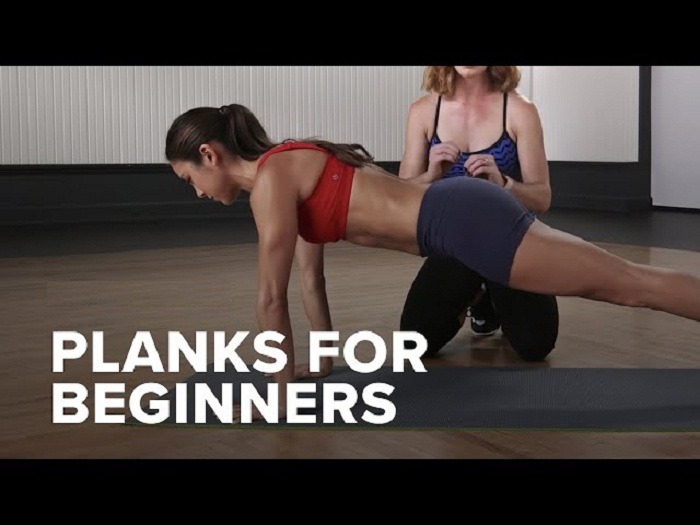
Mastering the plank as a beginner involves understanding the foundational principles and gradually building strength and endurance. Here are additional tips specifically tailored for beginners:
- Start with Short Intervals: Begin with shorter intervals, aiming for 20-30 seconds, and gradually increase as you build strength and confidence.
- Focus on Proper Form: Emphasize proper form over duration. A well-executed 20-second plank is more beneficial than a longer one with a compromised form.
- Use a Mirror or Trainer: Perform planks in front of a mirror or under the guidance of a trainer to ensure correct alignment and form.
- Incorporate Modified Planks: If the standard plank is challenging initially, consider starting with modified versions, such as knee planks or incline planks against a bench.
- Listen to Your Body: Pay attention to any discomfort or strain. If you experience pain, especially in the lower back, wrists, or shoulders, modify your form or seek guidance.
- Gradual Progression: As your strength improves, gradually increase both the duration and intensity of your plank sessions. Consistent progression is key.
Plank Exercise Benefits
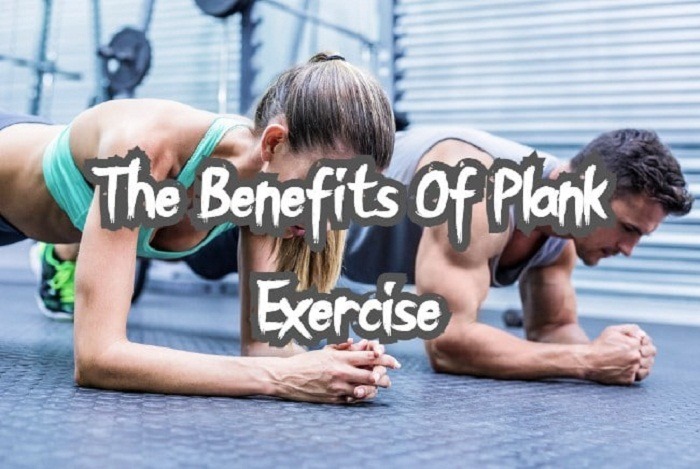
The popularity of the plank is not arbitrary; its effectiveness is backed by science. Understanding the physiological benefits of this exercise can further motivate you to incorporate it into your fitness routine:
- Core Strength and Stability: The primary target of the plank is the core, encompassing the muscles around the abdomen, lower back, and pelvis. A strong core is essential for maintaining posture, preventing lower back pain, and improving overall stability.
- Improved Posture: As the plank engages the muscles responsible for a straight spine, regular practice contributes to better posture. Enhanced posture not only improves appearance but also reduces the risk of musculoskeletal issues.
- Full-Body Engagement: While the core is the focal point, the plank engages multiple muscle groups, including the shoulders, arms, legs, and back. This comprehensive activation promotes overall strength and endurance.
- Functional Movement Patterns: The plank mimics real-life movements, making it a functional exercise that translates into improved daily activities. Functional exercises contribute to enhanced mobility and reduced injury risk.
- Increased Flexibility: Planks involve maintaining a stretched position, particularly in variations like the Dolphin Plank. This dynamic stretching can contribute to increased flexibility over time.
- Enhanced Metabolism: Isometric exercises, such as the plank, elevate the heart rate and contribute to calorie burning. Regular inclusion in a workout routine can support weight management and overall metabolic health.
- Better Mental Focus: Holding a plank requires mental concentration and discipline, promoting mindfulness during workouts. The mental focus cultivated during plank exercises can extend to other aspects of life.
Mastering the Art: Tips for Progression and Increasing Difficulty
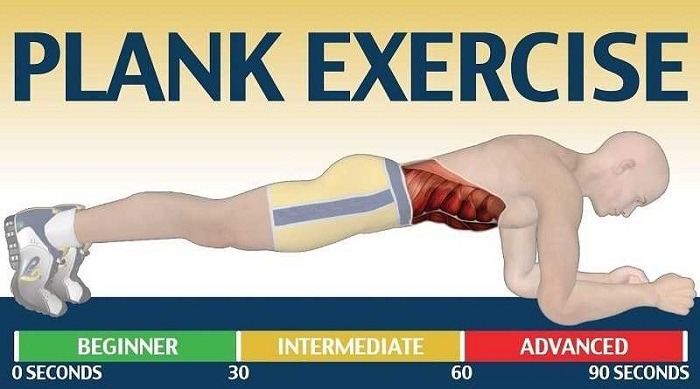
As with any exercise, progression is key to continued improvement. Here are tips for advancing your plank practice and increasing the level of difficulty:
- Gradual Duration Increase: Begin with a duration that challenges you but is manageable. As your strength improves, gradually increase the time spent in the plank position.
- Add Variations Sparingly: Introduce plank variations gradually to avoid overloading your muscles and risking poor form. Master each variation before moving on to more complex options.
- Incorporate Stability Tools: Use stability tools such as a stability ball or BOSU ball to introduce an element of instability, intensifying the engagement of stabilizing muscles.
- Weighted Planks: Once you’ve built a solid foundation, consider adding weight to your plank, and placing it on your back or shoulders. Start with a light load and progress cautiously to avoid strain.
- Elevate Your Feet: Elevating your feet during a plank increases the demand on your shoulders and core. Use a sturdy bench or step platform for this advanced variation.
- Dynamic Planks: Incorporate dynamic movements into your plank routine, such as plank jacks, to elevate your heart rate and challenge your coordination.
- HIIT Incorporation: Integrate planks into High-Intensity Interval Training (HIIT) routines to maximize calorie burn and improve cardiovascular fitness.
- Challenge Your Balance: Experiment with single-arm or single-leg planks to challenge your balance and engage additional stabilizing muscles.
Mindful Planking
While increasing the duration of your plank is a common goal, prioritizing proper form is paramount. Here’s why form should take precedence over duration:
- Risk of Injury: Maintaining improper form for an extended period can lead to strain on the lower back, shoulders, and wrists. Focusing on form minimizes the risk of injury and ensures the longevity of your plank practice.
- Effective Muscle Engagement: Proper form ensures that the targeted muscles, particularly the core, are effectively engaged. Sacrificing form for duration may result in less effective muscle activation.
- Quality Over Quantity: A well-executed plank for a shorter duration is more beneficial than a longer plank with a compromised form. Quality repetitions contribute to overall strength gains.
- Prevents Bad Habits: Prolonged plank durations with poor form can lead to the development of bad habits. Correcting these habits becomes more challenging over time.
Nutrition and Planking

As you embark on your journey to master the plank, it’s essential to complement your efforts with a well-balanced and nutritious diet. Here’s how nutrition contributes to your overall fitness:
- Muscle Recovery: Planking, like any exercise, places stress on your muscles. Proper nutrition supports muscle recovery, helping you bounce back for your next workout.
- Energy Levels: Maintaining a balanced diet ensures a steady supply of energy for your workouts, preventing fatigue during plank sessions.
- Hydration: Staying adequately hydrated is crucial for optimal performance and recovery. Water supports joint health, which is particularly important during weight-bearing exercises like planks.
- Nutrient-rich foods: Incorporate nutrient-dense foods, including lean proteins, whole grains, fruits, and vegetables, to provide the essential vitamins and minerals your body needs.
- Healthy Fats: Include sources of healthy fats, such as avocados and nuts, to support joint health and provide sustained energy.
- Pre-Workout Nutrition: Consume a balanced meal or snack containing carbohydrates and protein before your workout to fuel your body and enhance performance.
- Post-Workout Nutrition: Replenish glycogen stores and promote muscle recovery by consuming a combination of protein and carbohydrates within the post-workout window.
Mind-Body Connection
Physical fitness is intrinsically linked to mental well-being, and planking is no exception. Consider the following ways in which the mind-body connection influences your plank practice:
- Focus and Concentration: Holding a plank requires unwavering focus and concentration. By practicing mindfulness during planks, you cultivate a sharper mental focus that can extend beyond your workout.
- Stress Reduction: Engaging in physical activity, including planking, is known to reduce stress by promoting the release of endorphins, the body’s natural mood enhancers.
- Mindful Breathing: Incorporating controlled breathing during planks not only enhances physical performance but also promotes relaxation. Mindful breathing techniques can be carried into other aspects of life to manage stress.
- Setting and Achieving Goals: Establishing achievable plank goals provides a sense of accomplishment, positively impacting mental well-being. Celebrate your progress, whether it’s an increase in duration or mastering a challenging variation.
- Self-Efficacy and Confidence: Successfully mastering the plank builds self-efficacy, the belief in your ability to achieve goals. Increased self-confidence extends beyond the gym, influencing various aspects of your life.
- Mindfulness Meditation: The stillness inherent in planking can serve as a form of mindfulness meditation. Embrace the mental clarity that comes with focusing on the present moment during your plank practice.
Incorporating Planks into a Holistic Fitness Routine
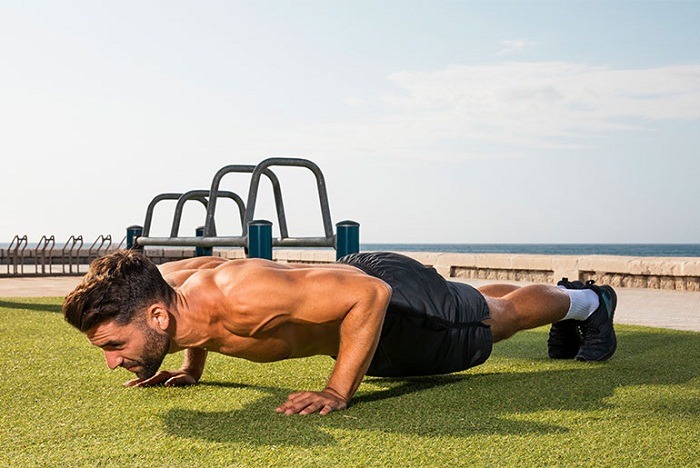
To fully harness the benefits of planking, it’s essential to integrate this exercise into a well-rounded fitness routine. Consider the following tips for incorporating planks effectively:
- Frequency: Include planks in your workout routine at least two to three times a week for optimal results. Consistent practice enhances muscle memory and facilitates progress.
- Warm-Up and Cool Down: Begin your workout with a dynamic warm-up to prepare your body for the demands of planking. Incorporate static stretches or gentle yoga poses into your cool-down routine to release any tension built up during your plank session.
- Progressive Overload: Gradually increase the difficulty of your planks by adding time, incorporating variations, or adjusting the intensity. Embrace a progressive overload approach to continuously challenge your muscles and promote growth.
- Diversify Your Routine: While planks offer comprehensive benefits, a well-rounded fitness routine includes a mix of cardiovascular exercises, strength training, and flexibility work. Balance is key to achieving overall fitness and preventing workout plateaus.
- Combine Planks with Cardio: Integrate planks into high-intensity interval training (HIIT) sessions to maximize calorie burn and elevate your heart rate. Alternating between cardio and plank exercises creates a dynamic and efficient workout.
- Bodyweight and Resistance Training: Combine bodyweight exercises, like planks, with resistance training for a holistic approach to muscle development. Incorporating weights or resistance bands into your routine adds an extra layer of challenge.
- Functional Fitness Integration: Connect planks with functional movements to enhance practical strength for everyday activities. Consider movements like squats, lunges, or deadlifts to complement your plank routine.
- Listen to Your Body: Pay attention to how your body responds to plank variations and duration. If you experience discomfort beyond the typical burn, adjust your form or consult a fitness professional to prevent injury.
- Rest and Recovery: Allow your body sufficient time to recover between plank sessions. Adequate rest supports muscle repair, reduces the risk of overtraining, and contributes to long-term progress.
- Track Your Progress: Keep a workout journal or use fitness apps to track your plank durations, variations, and any additional challenges. Monitoring progress not only serves as motivation but also helps tailor your routine to your evolving fitness level.
Real-Life Applications: How Planking Translates to Everyday Activities
Beyond its evident benefits in the gym, mastering the plank translates to improved functionality in everyday life. Consider these real-life applications:
- Posture Enhancement: A strong core, cultivated through regular planking, contributes to better posture. Improved posture not only enhances your appearance but also reduces the risk of musculoskeletal issues associated with poor alignment.
- Lifting and Carrying: The core strength developed during planks directly supports activities that involve lifting and carrying. A stable core provides a solid foundation, reducing the risk of lower back strain.
- Stability and Balance: The stability gained through plank exercises enhances overall balance, crucial for navigating uneven surfaces or unexpected movements. Increased stability contributes to a lower risk of falls and improved coordination.
- Daily Chores and Activities: Engaging the core muscles during planks mirrors the demands of daily chores, such as vacuuming, gardening, or household cleaning. Functional strength gained through planking makes these activities more manageable and less taxing on the body.
- Preventing Lower Back Pain: A strong core is a natural safeguard against lower back pain, a common issue for many individuals. Incorporating planks into your routine may alleviate or prevent discomfort associated with a weak core.
- Enhanced Athletic Performance: Athletes across various sports benefit from the improved strength, stability, and endurance gained through planking. The functional nature of planks contributes to enhanced athletic performance and reduced injury risk.
The Evolution of Planks: From Fitness Trend to Timeless Exercise
The popularity of planking is not a fleeting trend but rather a testament to its timeless effectiveness. As fitness trends come and go, planks have withstood the test of time due to their simplicity, versatility, and undeniable results. The evolution of planks continues with ongoing research, innovative variations, and their integration into diverse fitness disciplines.
- Research Insights: Ongoing scientific research delves into the nuances of plank variations and their specific impact on muscle activation. Researchers explore how modifications in hand placement, body position, and duration affect the targeted muscles.
- Integration into Fitness Disciplines: Planks have seamlessly integrated into various fitness disciplines, including yoga, Pilates, and functional training. Fitness professionals incorporate planks creatively, adapting them to suit different goals and preferences.
- Innovative Variations: The fitness community consistently introduces new plank variations to keep workouts engaging and challenging. Creative variations emerge, targeting specific muscle groups, improving flexibility, and catering to diverse fitness levels.
- Cross-Training Benefits: Planks serve as a foundational exercise in cross-training routines, supporting athletes in diverse sports. The transferability of plank benefits to various physical activities underscores its enduring relevance.
- Celebrity Endorsement: Planks often find a place in celebrity workout routines, garnering attention and encouraging enthusiasts to adopt this effective exercise. Endorsements from fitness influencers and celebrities contribute to the enduring appeal of planks.
FAQs
Let’s address these frequently asked questions about planks:
Do planks burn belly fat?
- Planks are effective for strengthening the core, but they alone may not specifically target belly fat. A comprehensive approach involving a balanced diet, cardio exercises, and strength training is crucial for overall fat loss.
What are the benefits of plank exercise?
- Planks offer a myriad of benefits, including improved core strength, enhanced stability, better posture, increased overall body strength, and engagement of multiple muscle groups simultaneously.
Is 1-minute plank a day enough?
- A one-minute plank can be a good starting point for beginners, but as your strength improves, consider gradually increasing the duration for more significant benefits.
What happens if I plank every day?
- Planking daily can contribute to improved core strength, better posture, and enhanced overall fitness. However, it’s crucial to listen to your body and vary your routine to prevent overuse injuries.
Is it OK to do a 2-minute plank every day?
- While a 2-minute plank can be challenging, it’s generally safe for those with sufficient core strength. However, it’s essential to incorporate variety in your routine to avoid overloading specific muscle groups.
How many minutes should I do a plank?
- The ideal plank duration varies based on fitness levels. Beginners may start with 20-30 seconds and gradually increase over time. Advanced practitioners may aim for 1-3 minutes or more, depending on their goals.
How many planks sets a day?
- The number of plank sets depends on individual fitness levels and goals. Starting with 2-3 sets and gradually progressing is a reasonable approach. Listen to your body and avoid overtraining.
How many calories does a 1-minute plank burn?
- The calorie burn from planking is relatively low compared to cardio exercises. On average, a 1-minute plank may burn around 2-5 calories. The primary benefit lies in muscle engagement and overall fitness.
What will happen if I do plank for 30 days?
- Doing plank daily for 30 days can lead to improved core strength, enhanced endurance, and better posture. Results vary, and incorporating a well-rounded fitness routine and a balanced diet is essential for comprehensive benefits.
Is it good to plank 3 minutes a day?
- Planking for 3 minutes can be beneficial for advanced practitioners. However, it’s crucial to ensure proper form, listen to your body, and incorporate variety into your routine to avoid overuse injuries.
What will 3 planks a day do?
- Three planks a day can contribute to improved core strength, stability, and overall fitness. However, for comprehensive benefits, it’s advisable to complement planks with a diversified exercise routine.
Will I lose weight if I plank every day?
- Planking alone may not lead to significant weight loss. Weight loss is achieved through a combination of a calorie-controlled diet, cardiovascular exercise, and strength training.
Which type of plank is better?
- Various plank variations target different muscle groups. The best plank for you depends on your fitness goals. Standard planks, side planks, and dynamic variations each offer unique benefits.
Is a 2-minute plank impressive?
- A 2-minute plank can be impressive, especially for those new to the exercise. However, individual fitness levels vary, and progress is more meaningful than comparison with others.
Does plank reduce thigh fat?
- Planks primarily target the core and upper body. While they engage multiple muscle groups, spot reduction of fat in specific areas, such as the thighs, is not guaranteed. A comprehensive approach is needed for overall fat loss.
How much weight will I lose if I do a 1-minute plank every day?
- The weight loss from a 1-minute plank daily is minimal. Sustainable weight loss requires a combination of a balanced diet, cardiovascular exercise, and strength training.
Can Plank give you abs?
- Planks are effective for strengthening and defining the core muscles, contributing to the appearance of toned abs. However, visible abs also depend on overall body fat levels, which involve a combination of diet and exercise.
How many pushups equal a plank?
- It’s challenging to equate pushups directly to planks as they target different muscle groups. Both exercises are valuable for overall fitness, with pushups engaging the chest, shoulders, and triceps.
Can planks reduce breast size?
- Planks primarily focus on the core and upper body muscles. While exercise contributes to overall health, reducing breast size is not a guaranteed outcome. Genetic factors and overall body composition play a significant role.
Do planks reduce waist size?
- Planks engage the core muscles, which can contribute to improved posture and a more defined waistline. However, spot reduction is not guaranteed, and overall fat loss through a combination of diet and exercise is key.
How to remove face fat?
- Face fat reduction involves overall weight loss and toning exercises. A balanced diet, cardio workouts, and facial exercises may help, but it’s essential to consult with a healthcare professional for personalized advice.
Final Thoughts
In the ever-evolving landscape of fitness, the plank stands as a steadfast companion, offering timeless benefits to individuals of all fitness levels. From its humble beginnings to becoming a global fitness phenomenon, the plank’s journey reflects its efficacy in sculpting a strong, stable, and resilient body.
As you embark on your plank journey, remember that it’s not just an exercise; it’s a commitment to holistic well-being. Whether you’re a fitness enthusiast, a seasoned athlete, or someone beginning their fitness journey, the plank is a versatile and accessible exercise that can be tailored to your individual needs.
In the words of renowned fitness expert and author Joseph Pilates, “Physical fitness is the first requisite of happiness.” Embrace the plank as a valuable tool in your pursuit of happiness and well-being. Whether you’re holding a static plank, exploring variations, or incorporating planks into a broader fitness routine, the benefits are boundless.
So, grab your workout mat, set your intentions, and let the transformative power of planks shape your fitness journey. With proper form, a diverse range of variations, and a mindful approach, the plank isn’t just an exercise – it’s a lifelong companion on the path to a healthier, stronger, and happier you.
